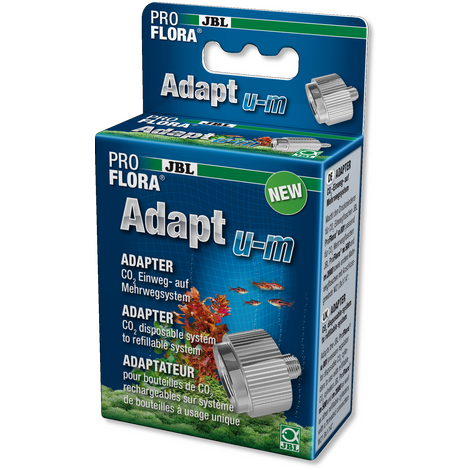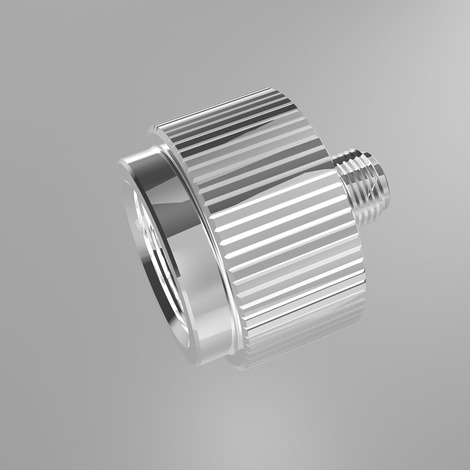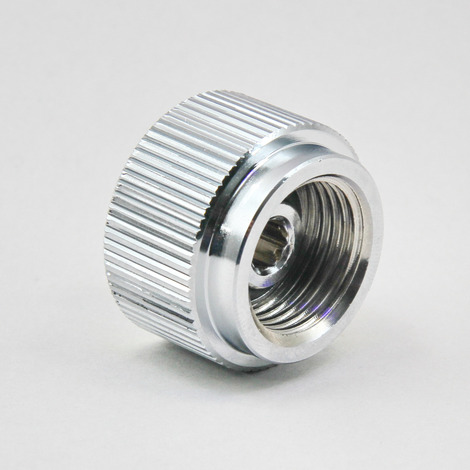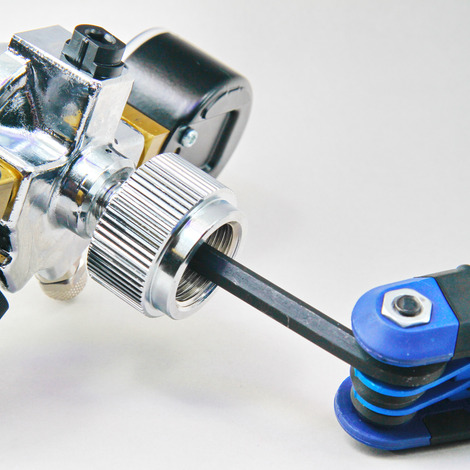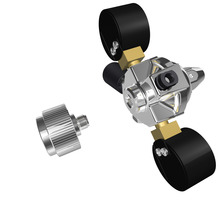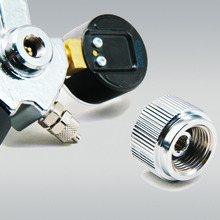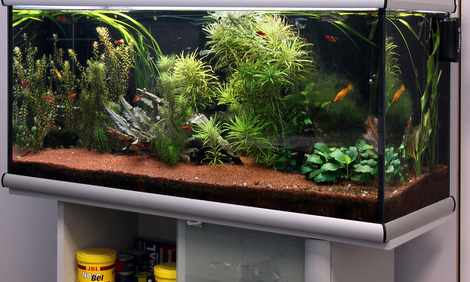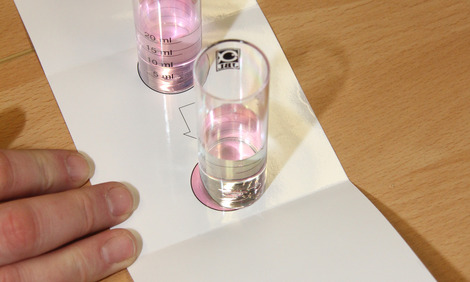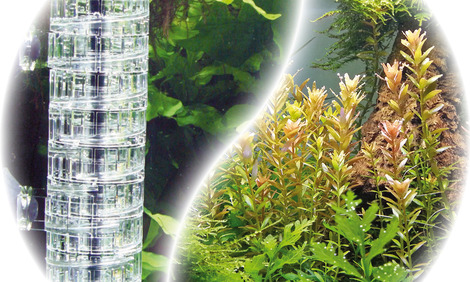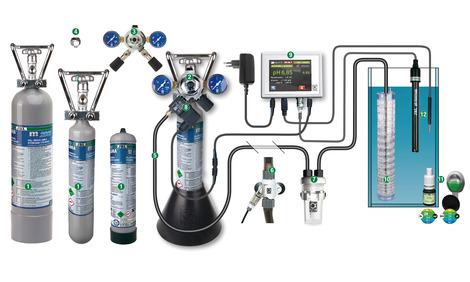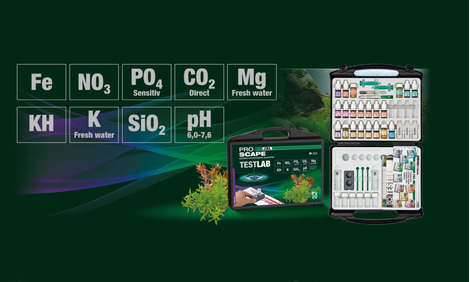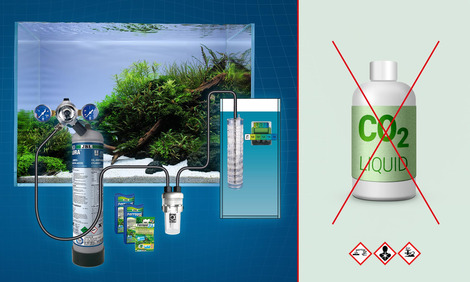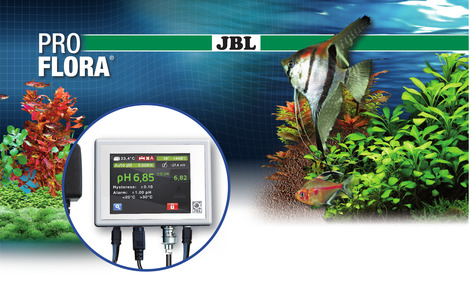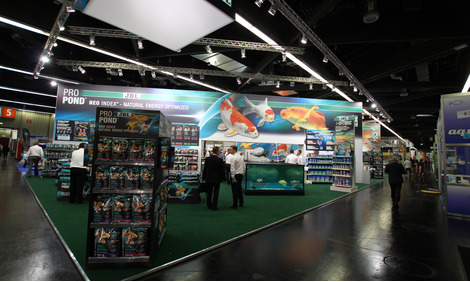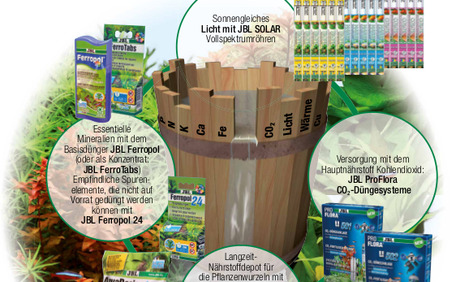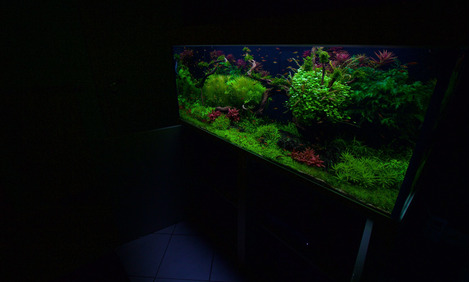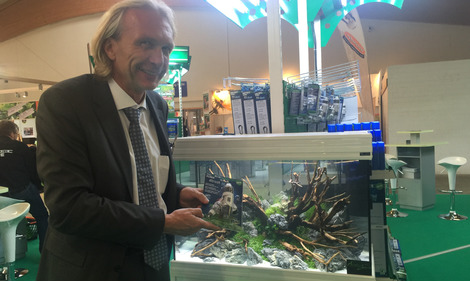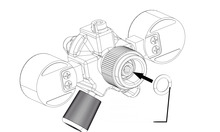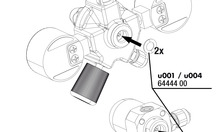Ideal nutrition for plants
Carbon dioxide serves as the main nutrient for plants and thus promotes their ideal growth. Plants use CO2 for photosynthesis and thus supply the water with essential oxygen. They prevent algae growth, remove pollutants, offer hiding places and reduce pathogens. The correct amount of CO2 varies from aquarium to aquarium and depends on the volume, the water movement and the planting of the aquarium. With the JBL pressure reducer a precise dosage of CO2 is possible.
Easy to install
By using a size 6 Allen key (not included) the adapter can be screwed into the JBL pressure reducer. The conversion can be reversed at any time.
JBL PROFLORA Adapt u-m
Conversion adapter for the change over from disposable to refillable cylinder system
PROFLORA CO2 ADAPT U - M
- Problem-free change over from disposable to refillable cylinders
- Quick and easy installation: screw adapter onto pressure reducer, finished!
- The convertion can be reversed at any time.
- Suitable for CO2 pressure reducer JBL u001
- Package contents: adapter for change over from a disposable to a refillable cylinder system, Pro Flora u-m
JBL PROFLORA Adapt u-m
Properties
| Animal species: | Arowana, Axolotl, Barbels, Bettas, Bichirs/reedfish, Blowfish, Catfish, Cichlids (South America), Crayfish, Danions, Discus, Dwarf shrimps, Flowerhorn, Goldfish, Gouramis, Guppy, Juvenile fish, Killifish, Livebearers, Loaches, Panchaxes, Rainbowfish, Snails, Spiny eels, Tetra, Veiltails, freshwater butterflyfish |
| Animal size: | For all animal sizes |
| Animal age group: | All aquarium fish |
| Volume habitat: | For all aquariums |
| Material: | metal (brass) |
| Colour: | silver |
Electronic label / illuminant
| Mercury: | No |
| Dimmable: | No |
Technical Data
No, this is not possible. You can only ever make one change with the JBL PROFLORA adapters. u95 --> u500, one-way Dennerle --> u001 or u001 --> m001.
Example: If you use the small 95 g CO2 cartridges with the JBL PROFLORA u201 pressure reducer to supply CO2 to your aquarium, you can make a connection from the u201 to the u500 disposable cylinders with the existing pressure reducer using the adapter from the JBL PROFLORA range. This means that the JBL PROFLORA u201 pressure reducer can be used with the JBL PROFLORA u500 disposable CO2 cylinders. The pressure reducer remains unchanged. This means that no further "adaptation" with the JBL PROFLORA CO2 ADAPT U - M is possible. This also applies to all other combinations of adapters.
You need the enclosed Allen key for the conversion if you want to adapt your ProFlora u system onto the refillable cylinder of the m series. The ProFlora Adapt u-m is to be mounted as adapter.
